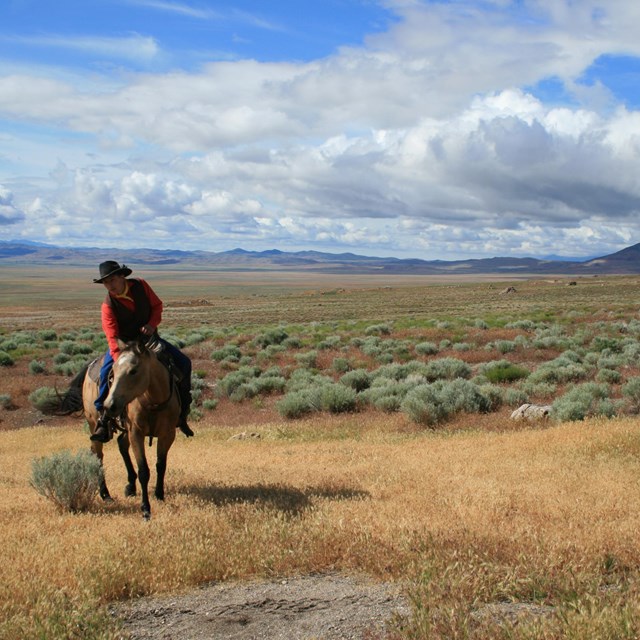Last updated: December 23, 2020
Article
A Socially Distanced Excursion to Original Pony Express Stations in Nevada
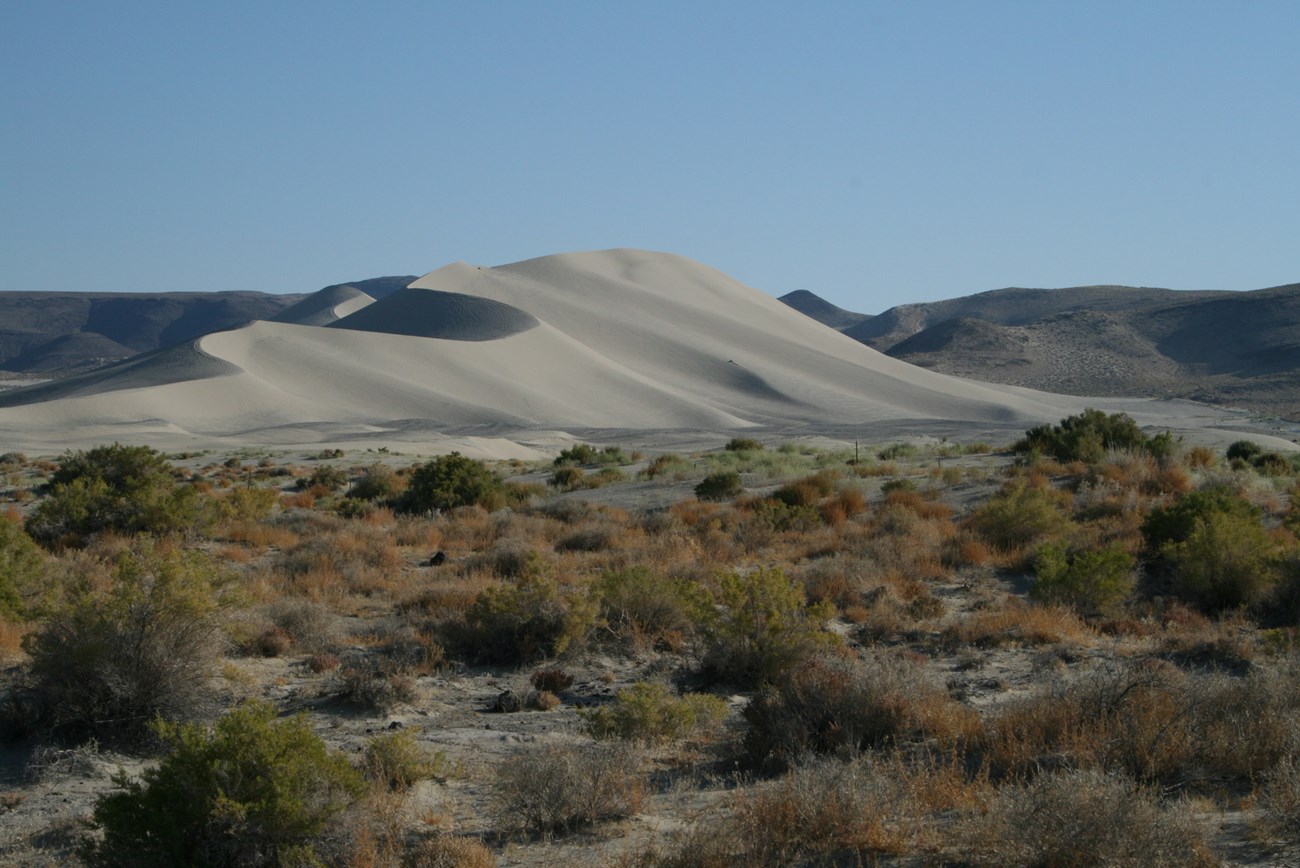
Photo/NPS
Two original Pony Express stations still stand, windblown and lonesome, along US 50 between Fallon and Austin, Nevada. This time of year, especially, a visitor can explore those places in solitude and experience a bit of what the Pony riders and station-keepers endured out there some 160 years ago: biting cold and cutting wind.
To reach them, head east on US 60 out of Fallon for about 28 miles and watch for an enormous, white sand dune off the north side of the highway. A sign for Sand Mountain Recreation Area will tell you where to turn onto the access road. At about 0.9 mile from the entrance, turn left into the parking area for the Pony Express site and walk along the trail for about 100 yards to the stone ruins of the open-air station. It looks much as it did on October 17, 1860, when British explorer, linguist, and writer Richard Francis Burton stopped in during a stagecoach trip to California.
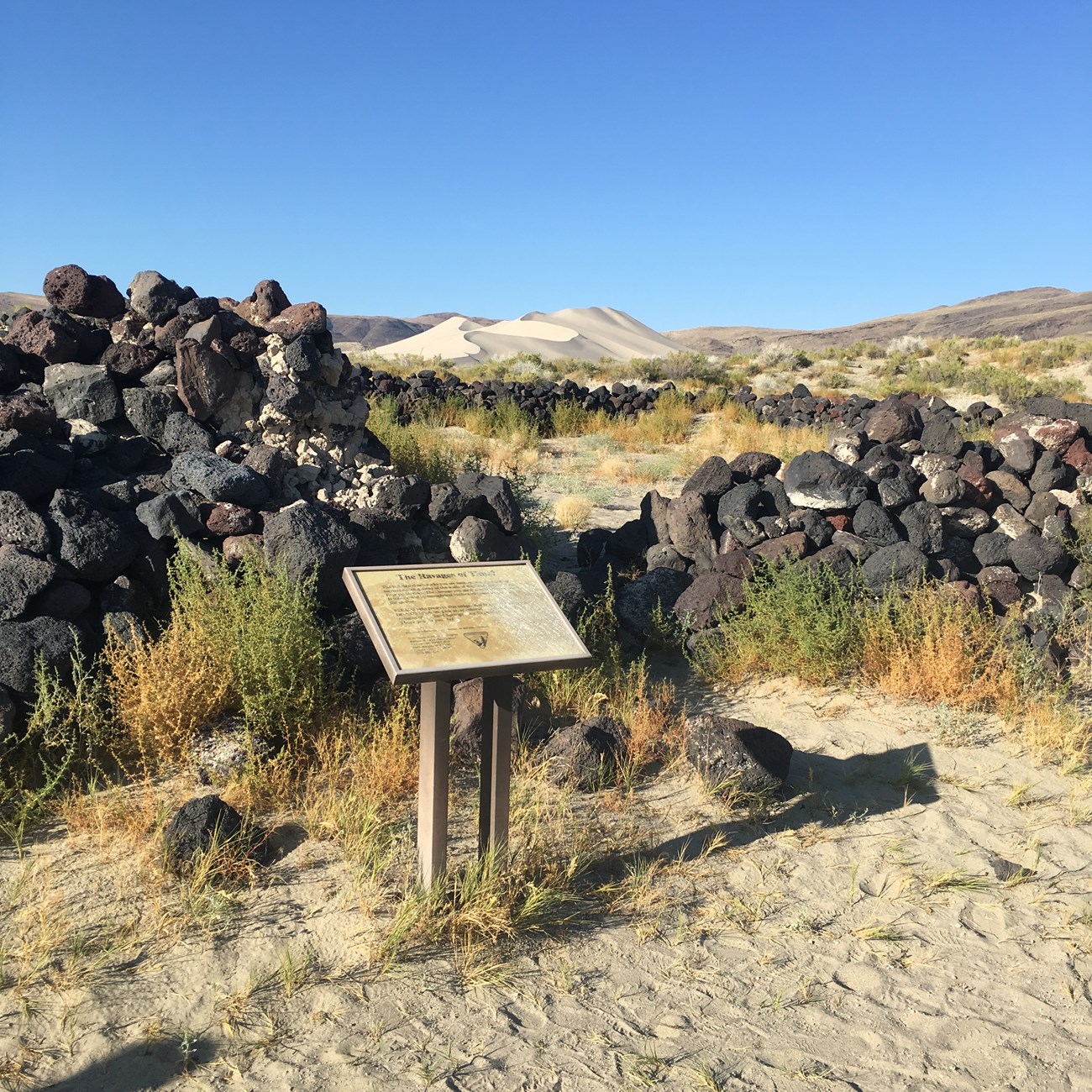
Photo/NPS
In his book about his adventures in the American West, The City of the Saints, and Across the Rocky Mountains to California, Burton was unimpressed with the station:
Sand-Springs Station deserved its name…the land is cumbered here and there with drifting ridges of the finest sand, sometimes 200 feet high, and shifting before every gale. Behind the [station] house stood a mound shaped like the contents of an hour-glass…and falling steep to northward or against the wind. The water near this vile hole was thick and stale with sulphury salts: it blistered even the hands. The station-house was no unfit object in such a scene, roofless and chairless, filthy and squalid, with a smoky fire in one corner, and a table in the centre of an impure floor, the walls open to every wind, and the interior full of dust.
Burton was equally critical of the Pony employees he found there. They all “loitered and sauntered about,” except for one man “who lay on the ground crippled and apparently dying by the fall of a horse upon his breast-bone.”
Consider exploring the dunes before departing this site.
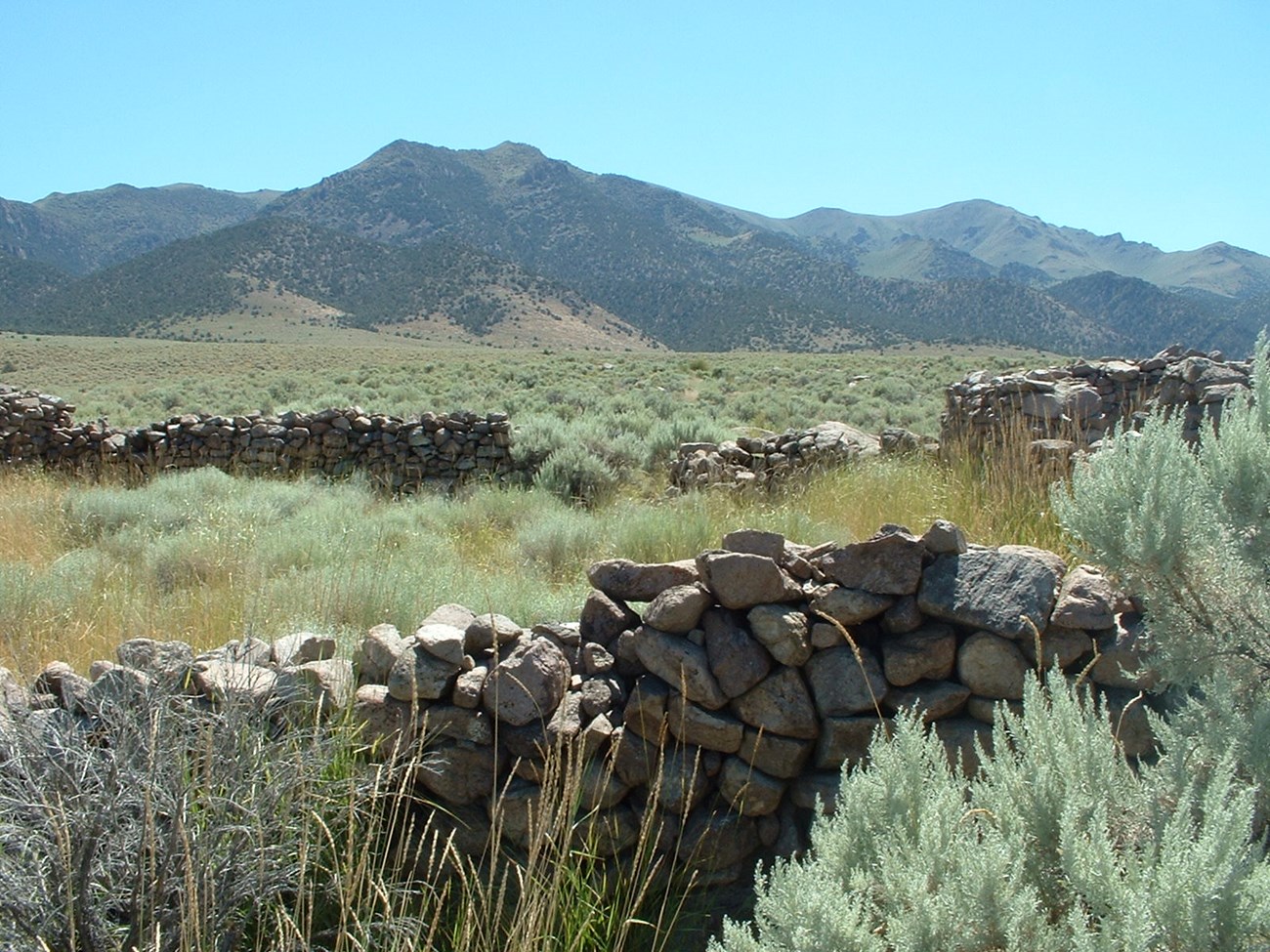
Photo/NPS
Continuing east after your visit, drive approximately 34 miles and watch on the left for a turnout with a blue Nevada State historical sign in the parking area. Behind the sign stand the ruins of “Second Cold Springs Pony Express Station,” which served the Pony for five months in 1861 and also was a stage stop The first Cold Springs station, where you’ll stop next, was built on a hill in 1860. Operators moved the station here to this lower location so that the stage line horses wouldn’t have to pull the heavy coaches up the hill. The ruins are fenced for protection but are clearly visible.
Continue east up the highway about 0.2 mile to the next turnout on the right and park at the Bureau of Land Management site. This visit, Cold Springs, requires an exposed, two-mile round-trip hike through loose sand. Look for the trailhead between the interpretive kiosk and the restroom. If you’re going in winter, dress warmly! If going in hot weather, carry water!
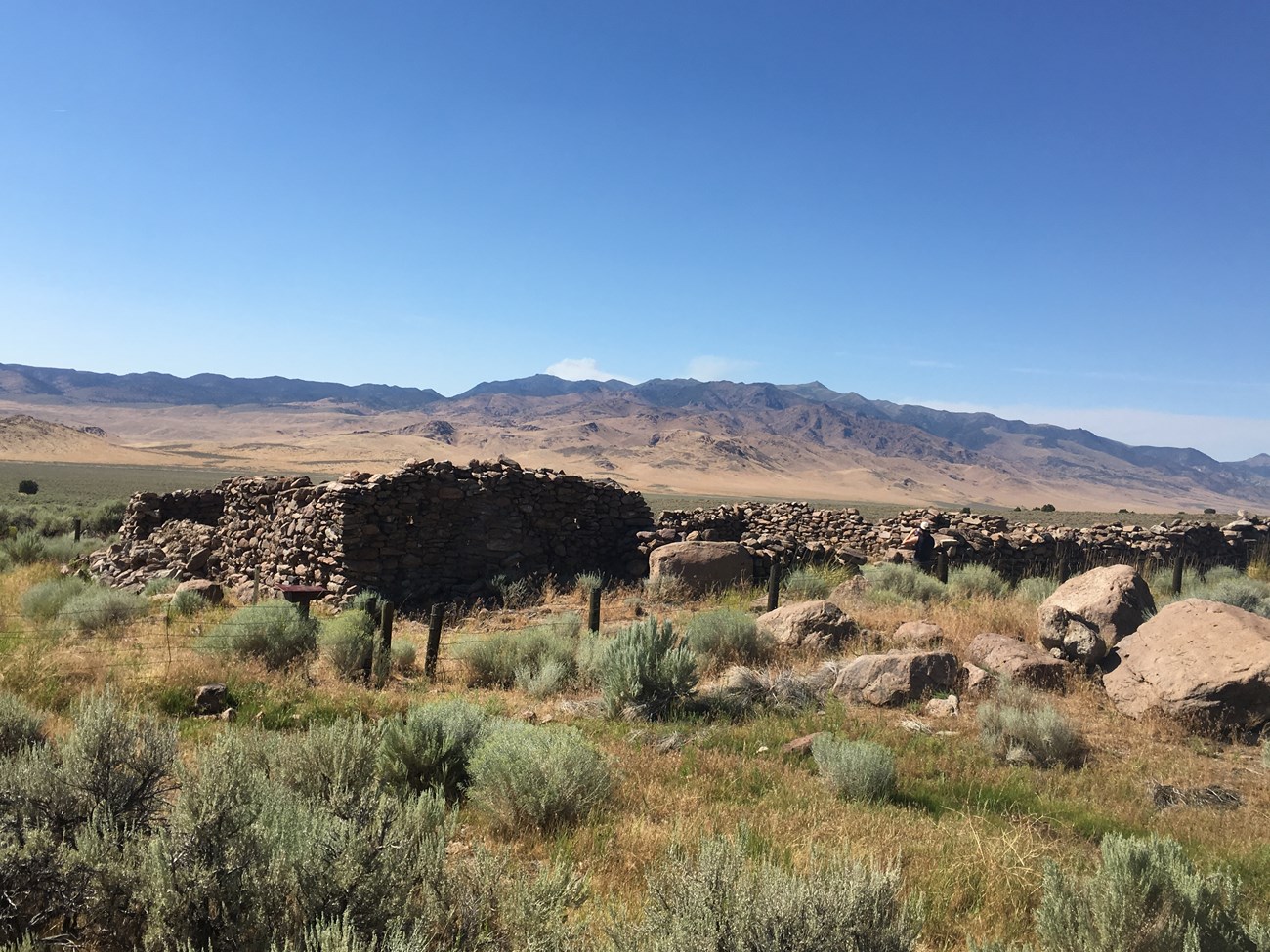
Photo/NPS
This ruin, too, is roofless, but it has gun ports for defense during the Pyramid Lake War. A station keeper was killed here and a rider died after being shot in a skirmish as he was riding into the station. Sir Richard wrote of this place,
“The station was a wretched place, half built and wholly unroofed; the four boys, an exceedingly rough set, ate standing, and neither paper nor pencil was known among them,” and he noted that the wolves that howled around the station at night were “said to be larger on these hills than elsewhere.”
Please don’t climb on the old stone walls or attempt to repair them. Leave everything in place for others to see and appreciate.

